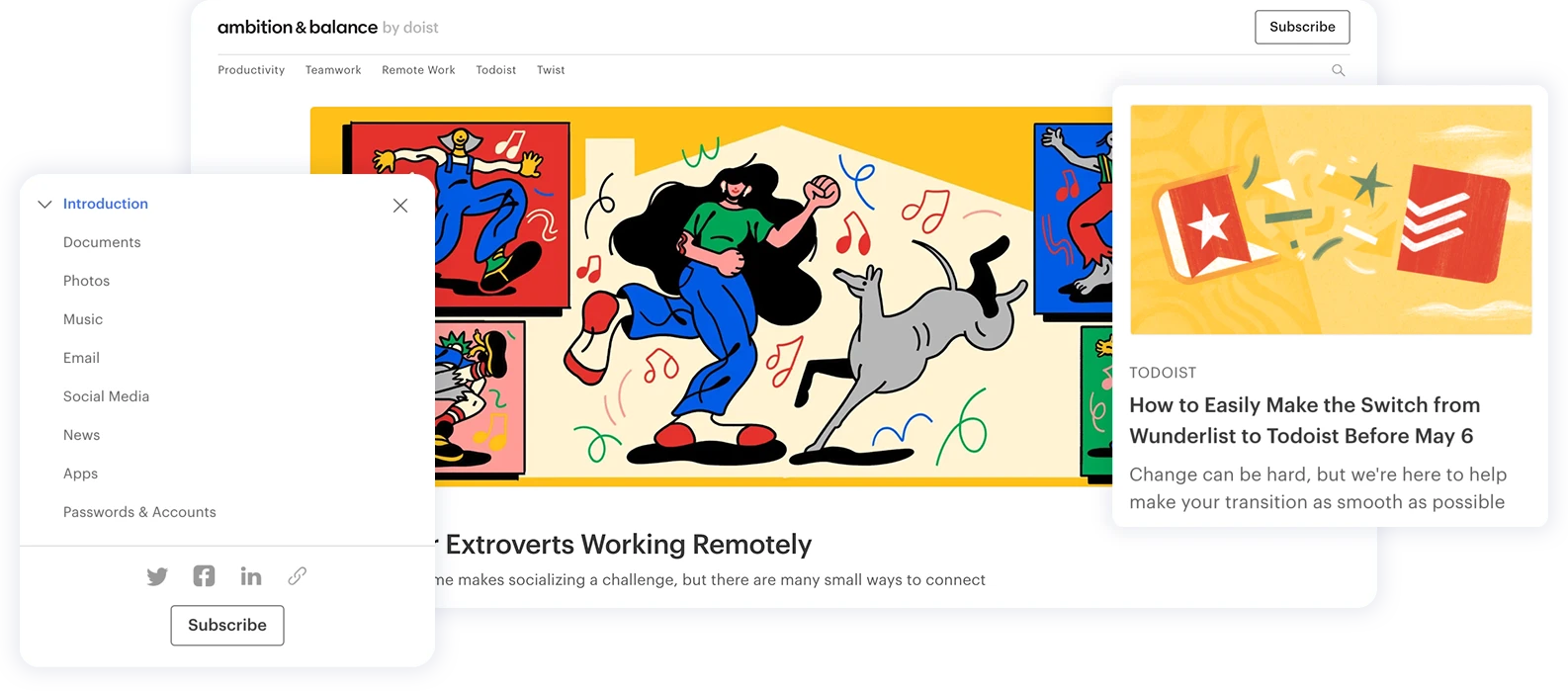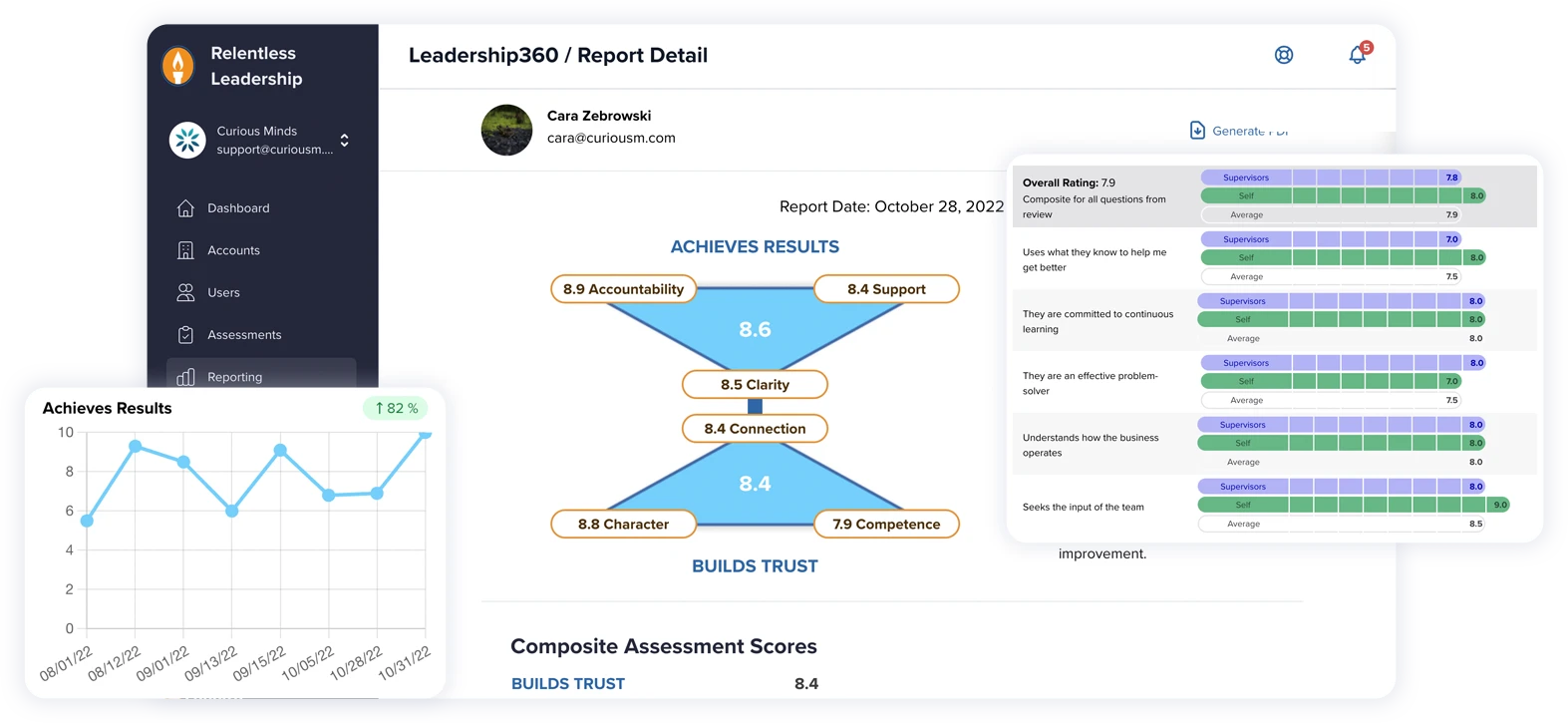The accessibility of a website isn't solely a stipulation of the Americans with Disabilities Act (ADA). In fact, it's a cornerstone for cultivating an inclusive digital presence. We aim to help you ensure your online platform caters to everyone's needs. By identifying common obstacles, implementing changes, and aligning your web features, we provide effective methods to transform your website into a welcoming environment for all users.
How the ADA Impacts the Online World
So, let's go beyond the surface. Imagine the online world as a busy city. Websites are kind of like buildings in this city, and just as buildings need to have features for people with disabilities, websites do, too. They need certain things in place to make using them accessible for everyone.
You know, the ADA isn't just about ramps for wheelchairs and signs in braille. It's about helping people with disabilities have an easy time online. Everything, from the colors on the site, spoken descriptions of images, text alternatives for pictures, to predicting what a user might type in text fields—all of this comes under the ADA.
What's more, the ADA considers the Internet a public place, so every website has to abide by its rules of accessibility and fairness. This has a big impact because it means just about every online platform must ensure their content is accessible to everyone, irrespective of any physical or cognitive limitations.
In short, the ADA has spread its reach from the real world to the digital. Yes, it's a big job to make sure every detail on a web page is accessible. Yet, it adds immense value not just from a legal perspective but also from a human perspective. It's about creating more understanding, more inclusivity, and more equality in our online world.
Best Practices for ADA Compliant Design
Embracing inclusive design not only aids those with specific needs but also streamlines the experience for all users, making the website more intuitive and simpler to engage with. Curious about how to elevate your site’s accessibility and inclusivity? Let's take a look at a few web accessibility best practices.
First off, it's key to think about all kinds of disabilities when you're designing your site. That means remembering folks who use assistive tech like screen readers or navigate using a keyboard. Your website's content needs to be accessible in different ways. Say you're posting something with audio; you'll want to provide another way for those who can't hear it. And keep in mind, colors don't look the same to everyone, so using color alone to share important stuff might not work for all your visitors.
You can find more tips about inclusivity in the Web Content Accessibility Guidelines (WCAG) offered by organizations like Yale. These guidelines, provided by the World Wide Web Consortium (W3C), are an international standard for making web content accessible to people with disabilities. They provide helpful practices to make websites accessible to all.
Another crucial practice is to continually update your website. Accessibility is not a one-time effort but a commitment. As we better understand inclusive digital design, the recommended practices change too. So, make sure your website reflects these changes.
At the end of the day, a design that truly meets ADA standards is all about being consistent, easy to understand, adaptable, and mindful of everyone's unique needs. This may sound overwhelming, but remember, every small step counts towards creating a more inclusive internet.
Legal Consequences of Non-Compliance
Imagine the potential repercussions if your site neglects to adhere to ADA website accessibility standards. This shortcoming doesn't just alienate prospective site visitors but could also place you in considerable legal and financial difficulties, as demonstrated by a number of ADA lawsuits.
Does the name Domino's Pizza set off any alarm bells? Their brand unfortunately gained notoriety due to website accessibility issues. The problem arose when Guillermo Robles, a blind customer, found out he couldn't place an order on Domino's website, even while using screen-reading software. Feeling marginalized, he took the pizza company to court, contending that this failure to provide accessibility infringed upon the ADA guidelines. And you know what? He emerged victorious.
The unfolding of this notable lawsuit acted as a ringing alarm for enterprises globally, spotlighting the vital role of web accessibility. This court case unmasked the stark truth: ADA compliance for web platforms isn't simply a box-ticking exercise—it's about designing digital territories that are hospitable and navigable for everyone, no matter their unique abilities.
Other notable cases of ADA enforcement related to web accessibility have sent shockwaves across industries. For example, the U.S Department of Transport created rules focused on preventing disability discrimination in air travel. These rules made it clear that websites and automated kiosks at U.S. airports had to be accessible. Those who didn't follow these rules had to pay big fines, underscoring the importance of following ADA rules.
As lawsuits and fines become more common, it's clear that ADA compliance is crucial. It's not only the ethical path but also a practical one to avoid legal issues and financial hits. Making your website accessible to everyone is a must. Being proactive and creating an inclusive online experience isn't just commendable—it's essential.
How ADA Accessibility Benefits Your Brand
Think of ADA compliance for your website not just as adhering to legal requirements, but as a clear message that your brand values inclusivity. A strong commitment to making your site accessible reflects a respect for all customers, which can significantly boost loyalty. This approach not only enhances your brand’s reputation but also solidifies its credibility.
In addition to the trust-building aspect, digital accessibility also has a business advantage. Websites that meet accessibility standards often perform better in terms of SEO rankings, creating opportunities for increased traffic and customer engagement. For instance, after making accessibility improvements, an online retailer saw a 10% increase in organic traffic and a boost in customer satisfaction scores. An all-inclusive website is usually a more successful website.
Picture your website as a welcoming space, accessible to all regardless of their abilities. An inspiring thought, isn't it? The positive effect on your brand's reputation could be vast. In a context where ADA-related lawsuits are increasingly common, proactively adhering to ADA guidelines not only benefits your audience but also shields you from potential legal complications.
So, when you think about ADA compliance, don't just view it as an obligation. Instead, see it as an opportunity to make your digital platform more user-friendly, inclusive, trusting, and renowned. Consider its powerful message to users of all abilities: "Your experience matters to us. We are here for you."
Conclusion
ADA compliance is a true win-win situation. It not only opens up your website to a broader audience but also showers your business with numerous advantages. Following ADA guidelines shows your dedication to making everyone feel welcome, earning your brand more trust and loyalty.
Plus, a more accessible website means you can reach and connect with even more people. And there's a cherry on top: being ADA compliant can boost your SEO since search engines prefer sites that are accessible to all. This is because accessibility features, like clear headings, proper image alt text, and a logical structure, make it easier for search engine crawlers to understand and index your website content. Ultimately, it paves the way towards a more inclusive internet, creating a space where everyone, no matter their abilities, can easily engage, learn, and interact.
Ensuring your website aligns with ADA guidelines requires understanding technical aspects and best practices. The experienced web developers at Curious Minds Media can simplify the process for you. Contact us to learn how we can make your website accessible and inclusive for all users.



















